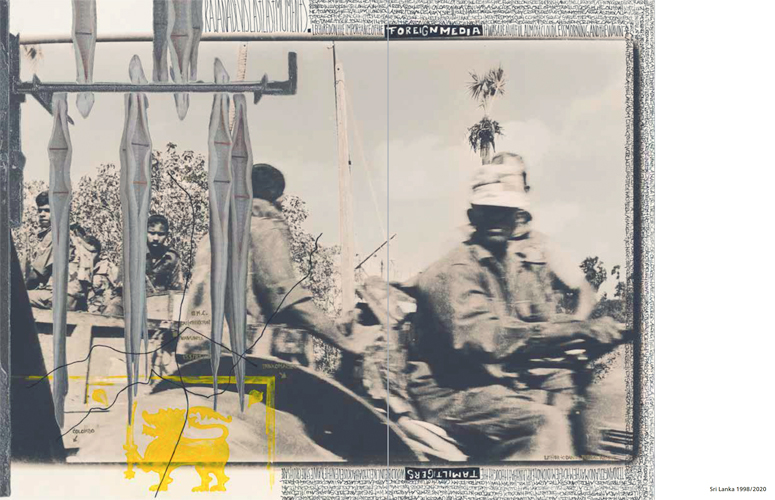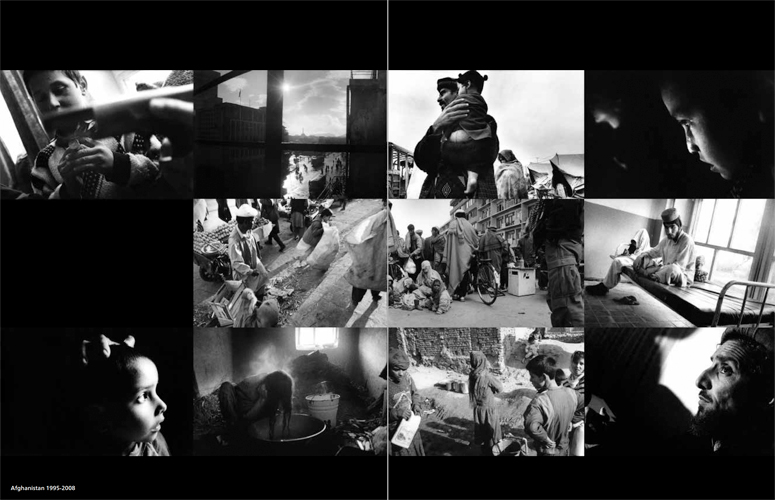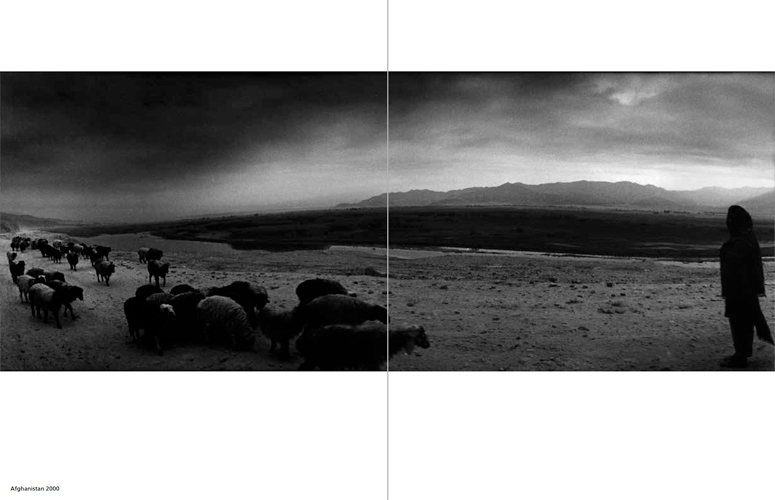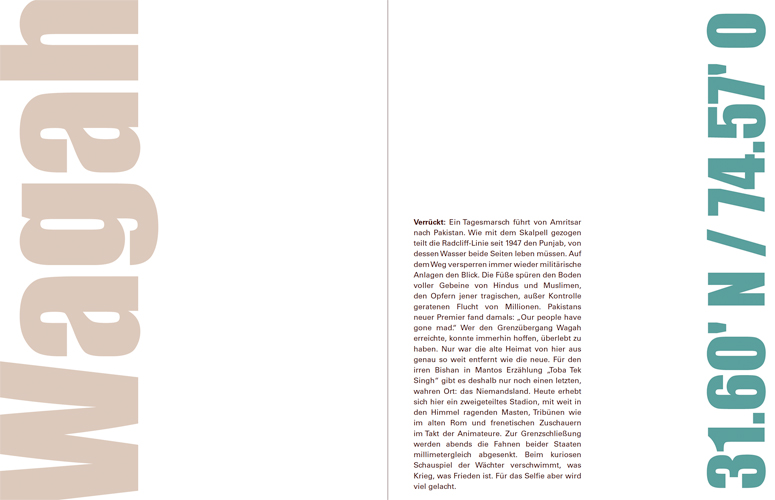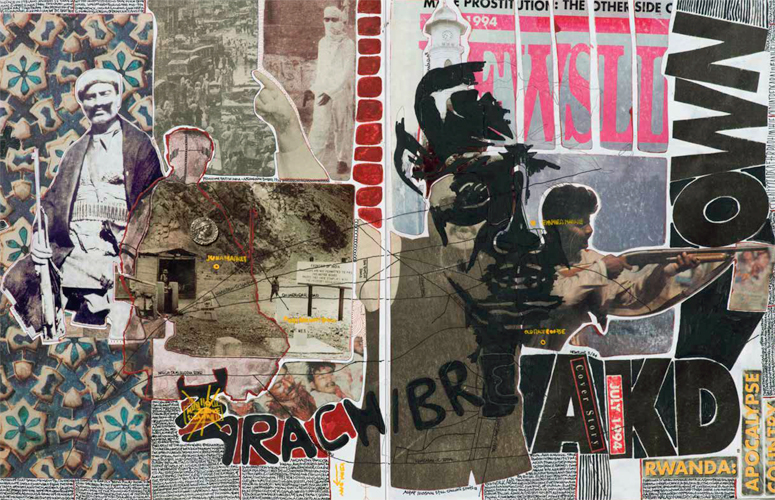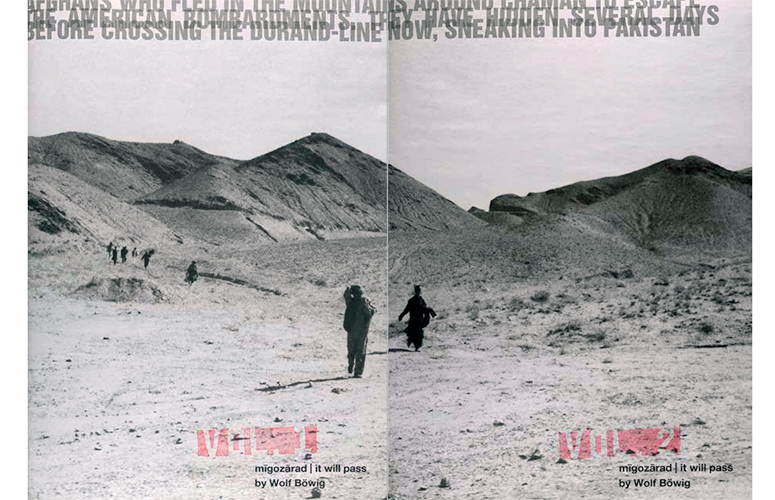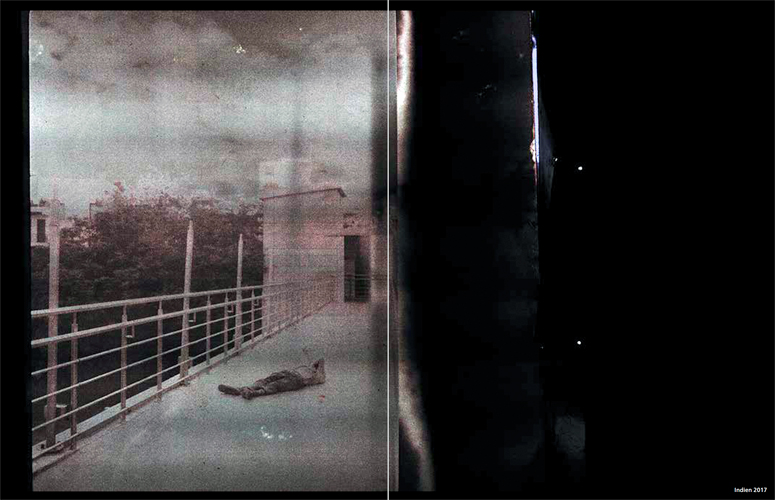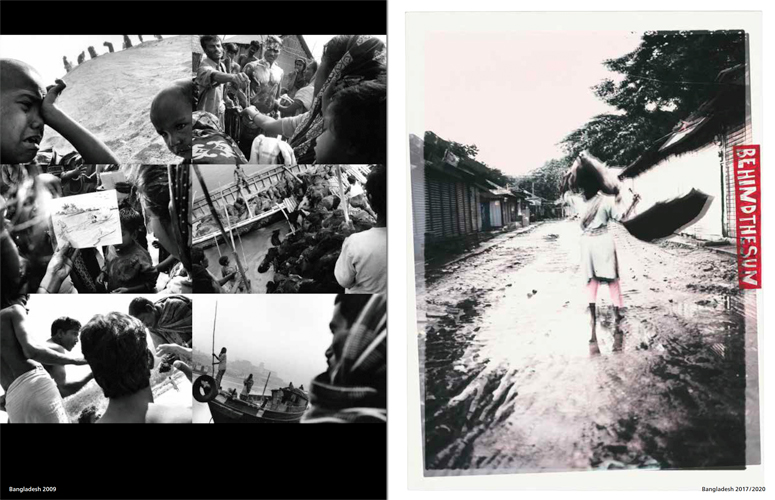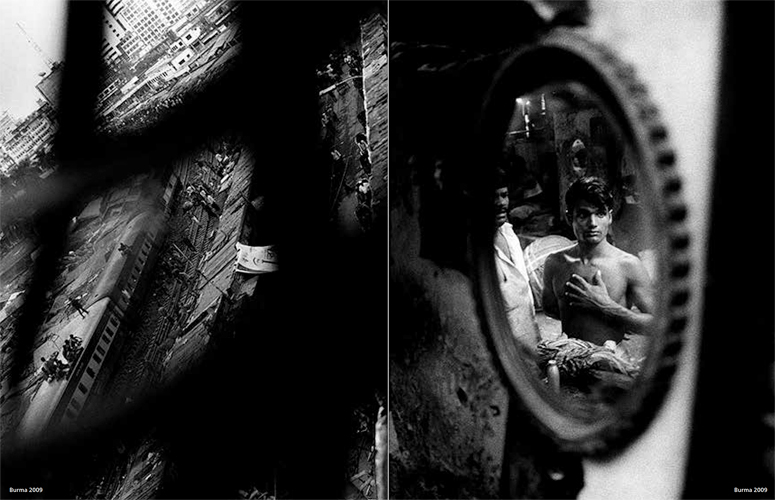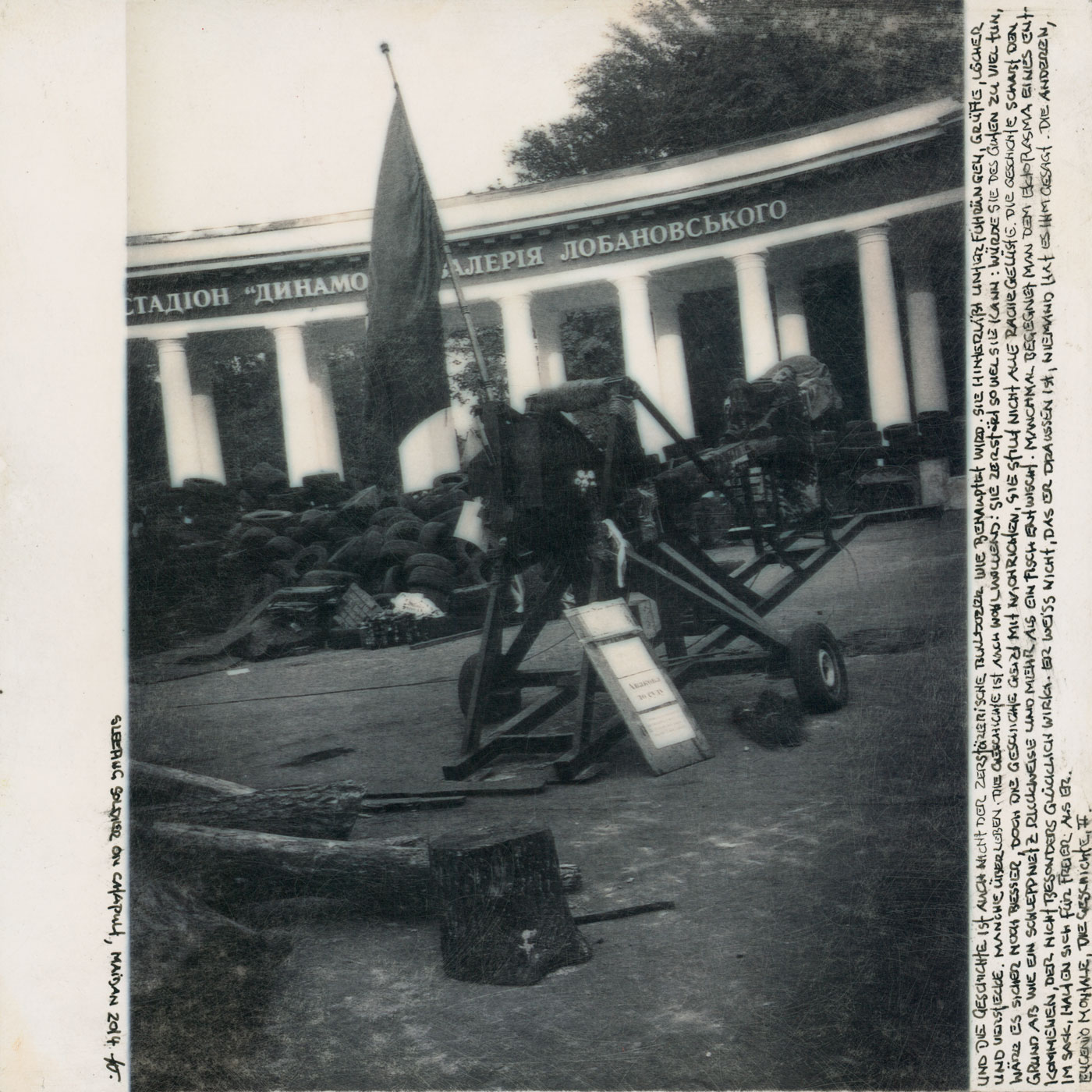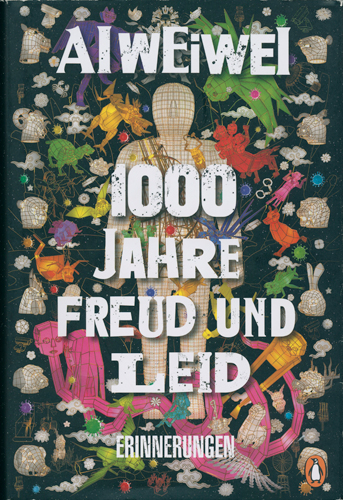
Ai Weiwei – 1000 Jahre Freud und Leid, Erinnerungen
Man merkt in diesen Memoiren, wie ernst es Ai Weiwei ist.
Was für ein tief moralischer Künstler er ist. Es ist absolut
erschütternd, aufregend und faszinierend, das zu lesen.
„
Rezensent Mark Siemons versteht die Widerständigkeit des
chinesischen Künstlers Ai Weiwei etwas besser nach der Lektüre
dieser Memoiren. Ai schildert hier laut Rezensent recht kühl die
Demütigungen unter den Roten Garden, denen sein Vater
ausgesetzt war, und die Vereinnahmung seiner selbst und
seiner Kunst durch den Westen. Die Kluft zwischen den
Erfahrungshorizonten wird Siemons dadurch bewusst und
auch das Kraftzentrum von Ais Kunst. Von der Harmlosigkeit
der Zeichnungen im Buch solle sich der Leser nicht täuschen lassen,
rät Siemons. Die abgebildeten Latrinen und Abhörinstrumente
führen direkt zum Kern von Ais Werk, meint er.
„
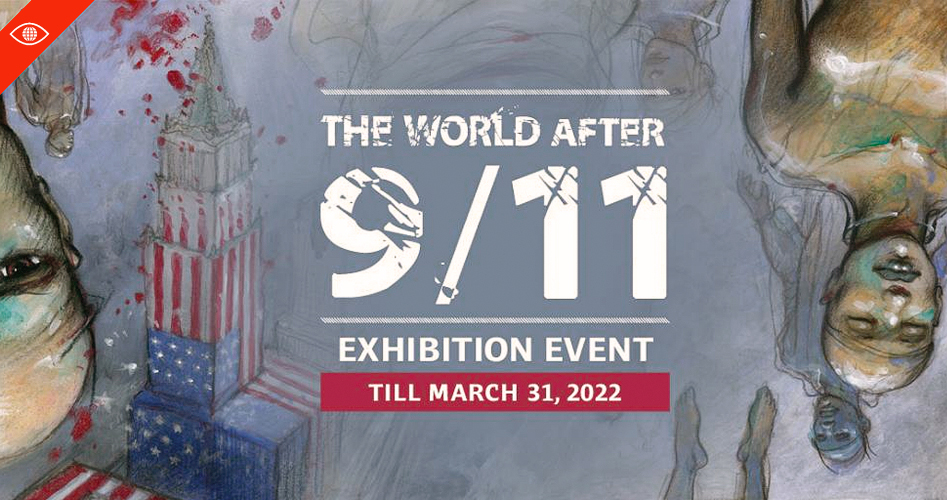
THE WORLD AFTER 9|11 – Caen Memorial Museum
The exhibition is divided into seven major chapters that recount the consequences of the 9|11 attacks over the last two decades. The work of journalists, photographers, reporters and historians has helped create this exhibition and explain how the world suddenly changed.
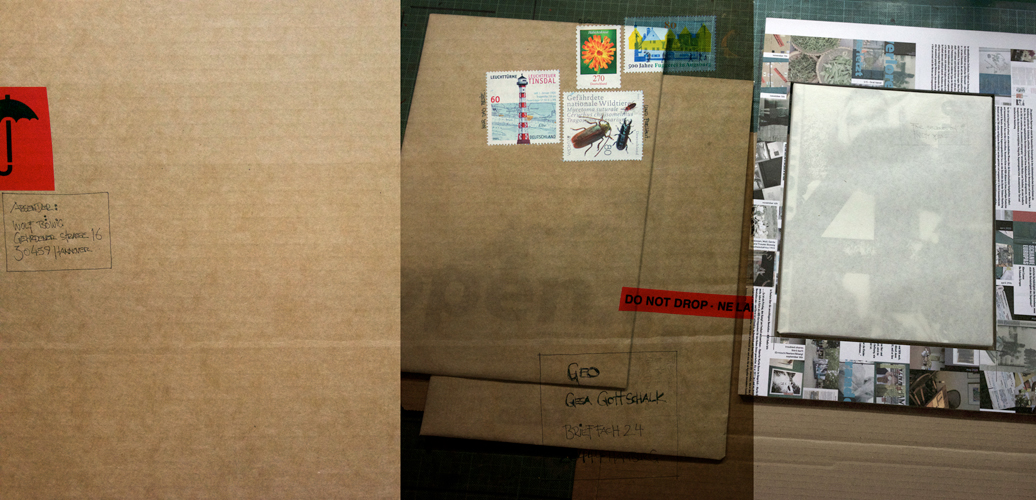
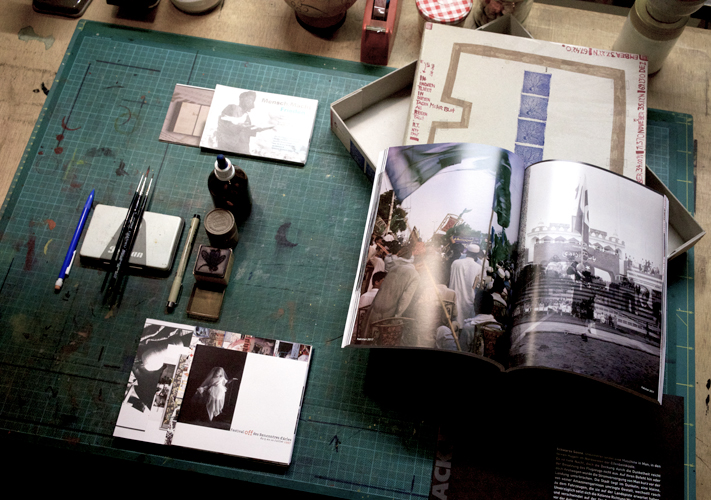
december 31st
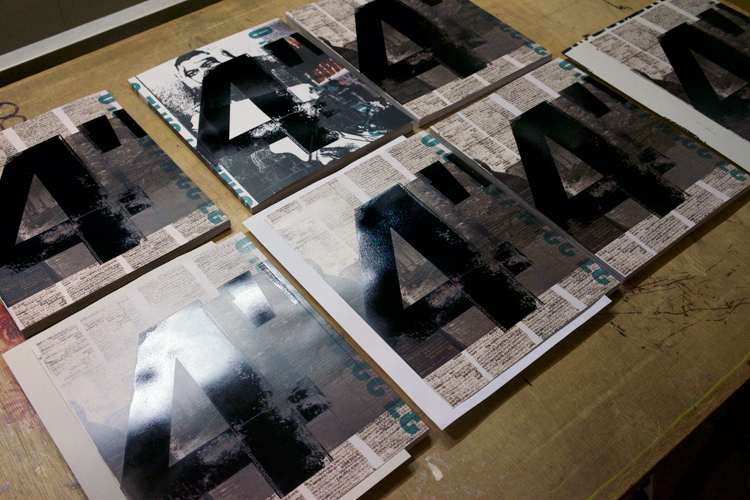
december 30th
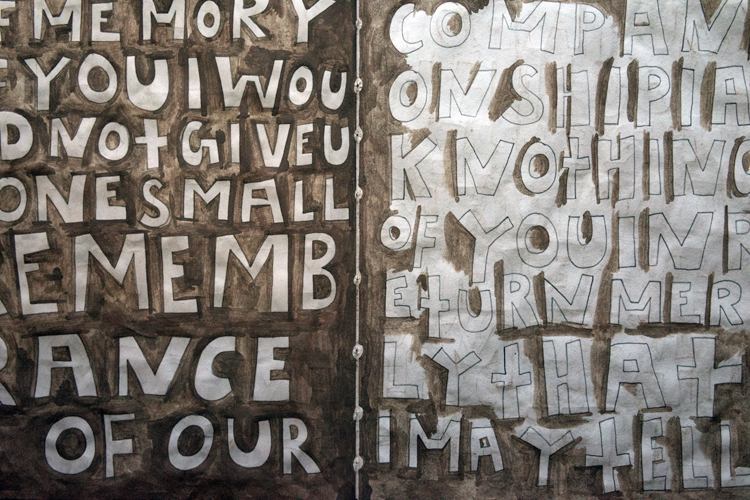
diary – december 29th
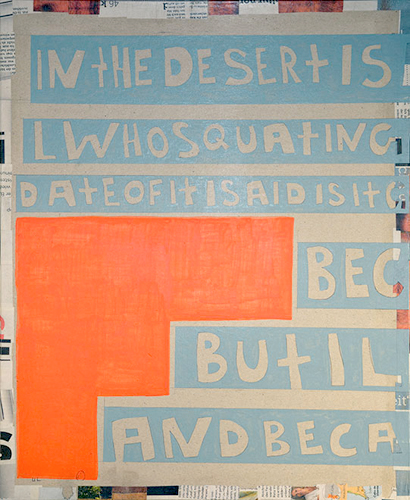
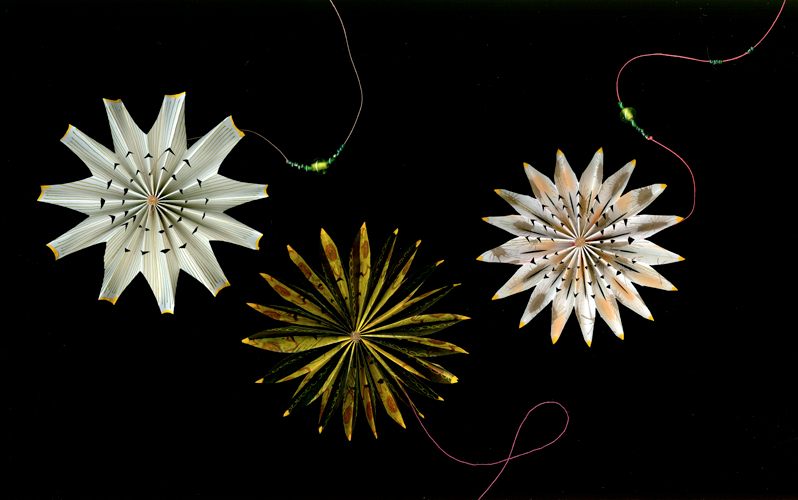
december 24th
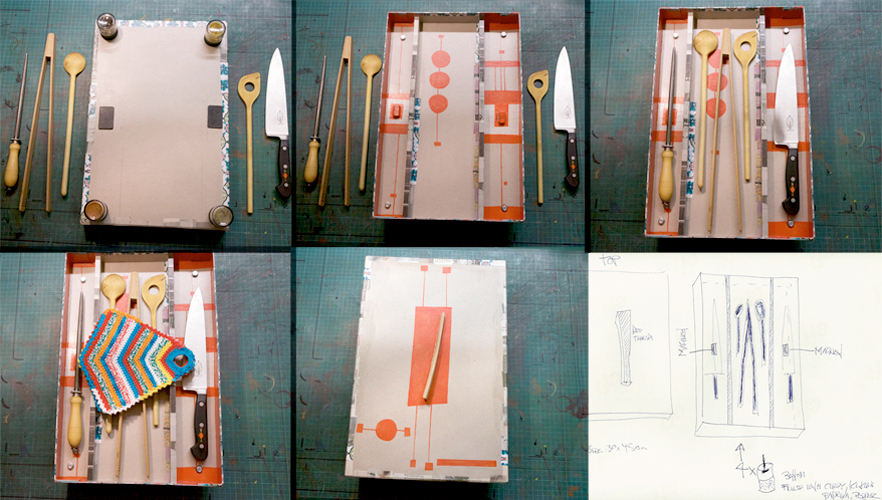
Tunesia incl. – december 23rd
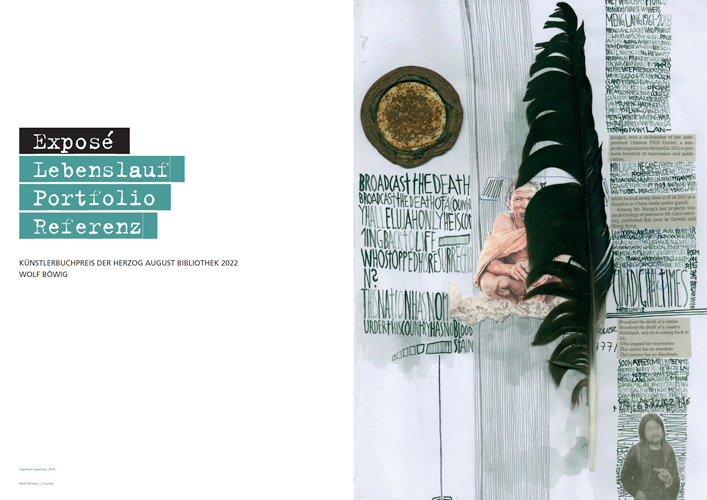
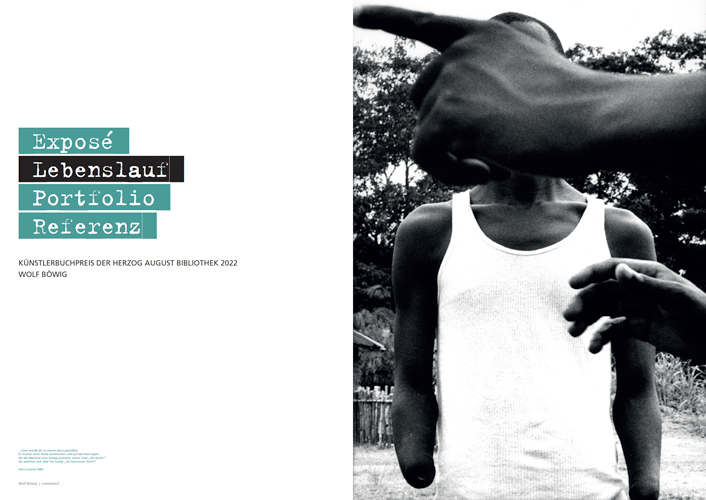
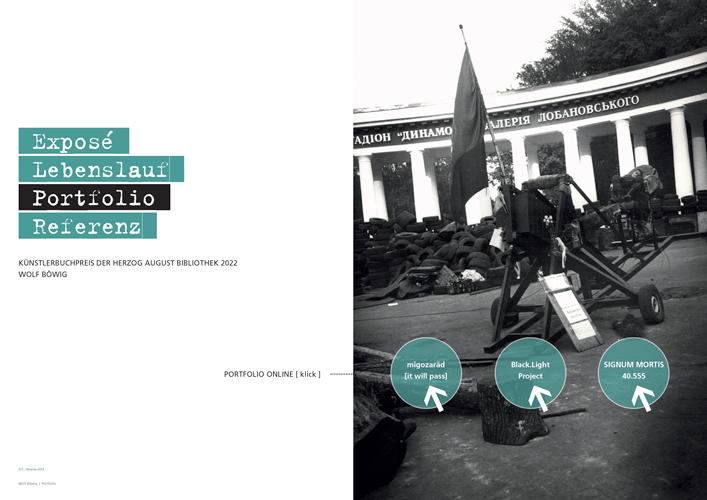
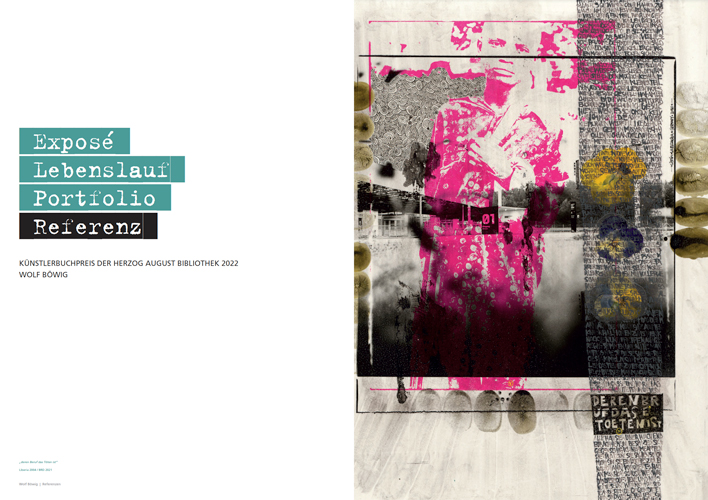
more …
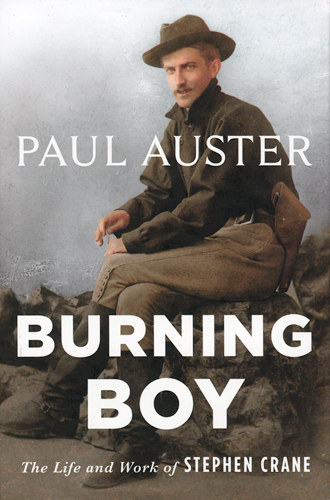
„
In the desert
I saw a creature, naked, bestial,
Who, squatting upon the ground,
Held his heart in his hands,
And ate of it.
I said „Is it good, friend?“
„It is bitter-bitter“, he answered;
„But I like it
„Because it is bitter,
„And because it is my heart.“
„
The Life and Work of Stephen Crane
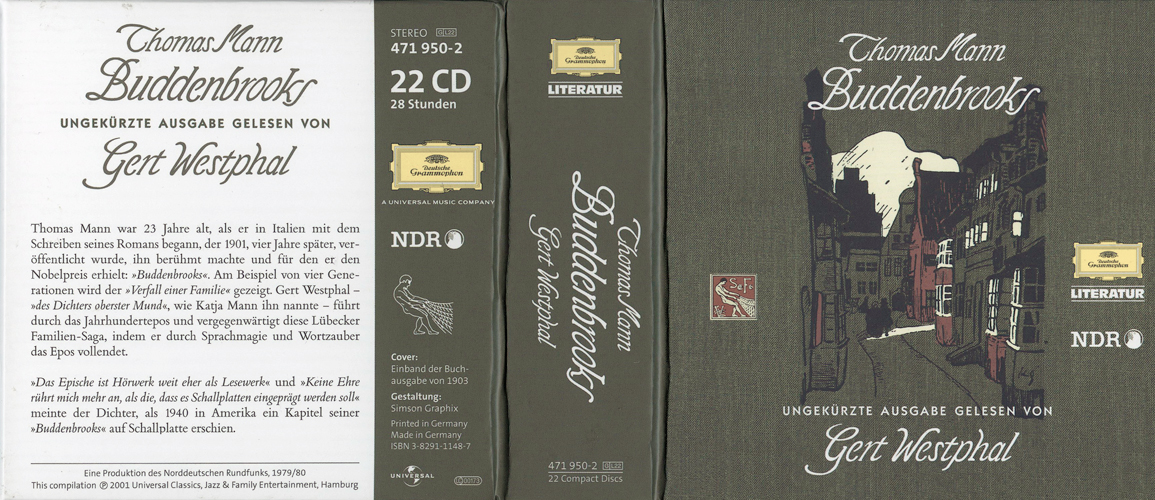
„
…
Durch die Gitterfenster seiner Individualität starrt der Mensch hoffnungslos auf die Ringmauern der äußeren Umstände, bis der Tod kommt und ihn zu Heimkehr und Freiheit ruft … Individualität!
… Ach, was man ist, kann und hat, scheint arm, grau, unzulänglich und langweilig; was man aber nicht ist, nicht kann und nicht hat, das eben ist es, worauf man mit jenem sehnsüchtigen Neide blickt, der zur Liebe wird, weil er sich fürchtet, zum Haß zu werden.
Ich trage den Keim, den Ansatz, die Möglichkeit zu allen Befähigungen und Betätigungen der Welt in mir … Wo könnte ich sein, wenn ich nicht hier wäre! Wer, was, wie könnte ich sein, wenn ich nicht ich wäre, wenn diese meine persönliche Erscheinung mich nicht abschlösse und mein Bewußtsein von dem aller derer trennte, die nicht ich sind! Organismus! Blinde, unbedachte, bedauerliche Eruption des drängenden Willens! Besser, wahrhaftig, dieser Wille webt frei in raum- und zeitloser Nacht, als daß er in einem Kerker schmachtet, der von dem zitternden und wankenden Flämmchen des Intellektes notdürftig erhellt wird!
…
“
Buddenbrooks
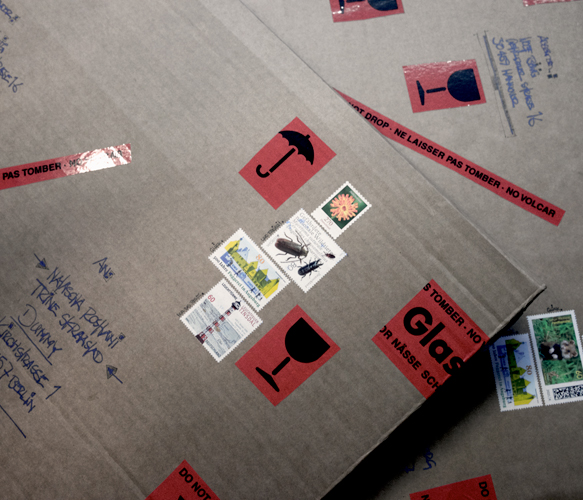
november 30th
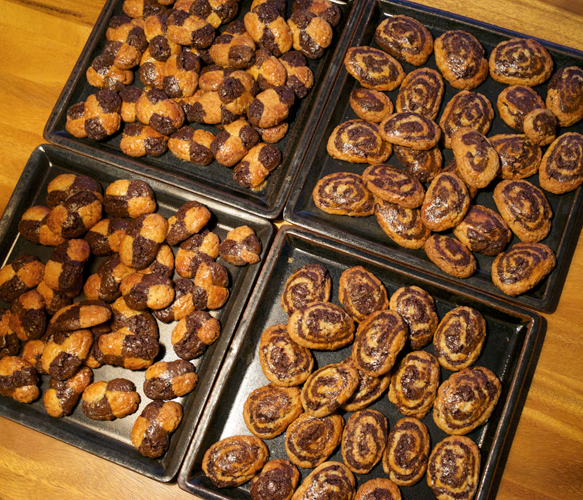
november 29th
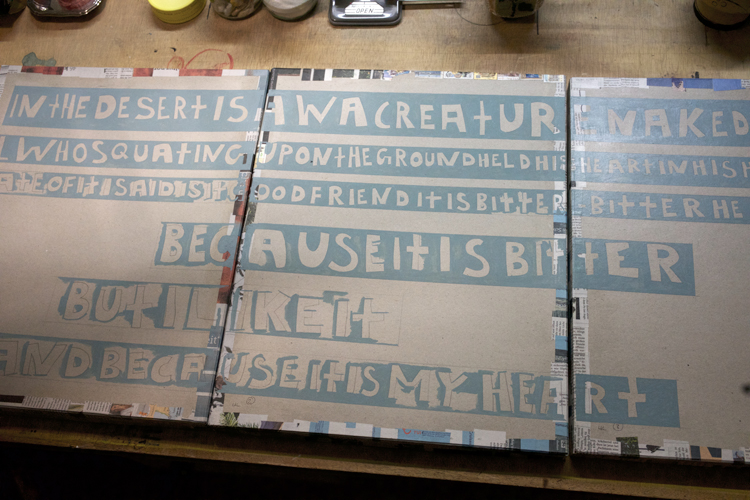
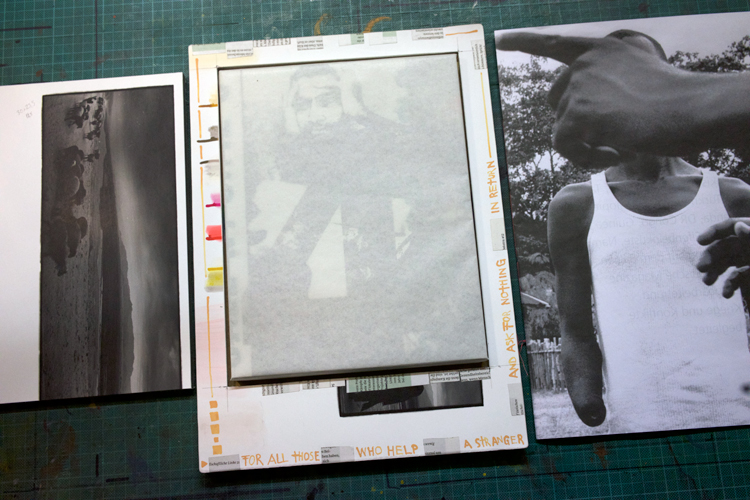
november 28th
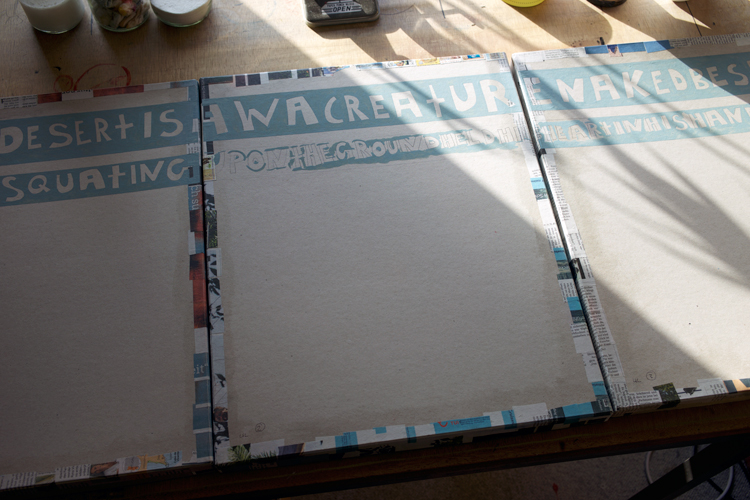
november 25th
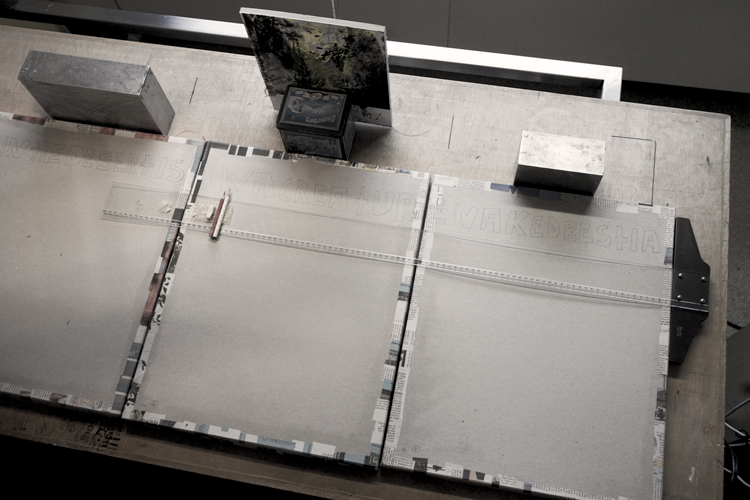
portfolio Wolfenbüttel – november 23rd
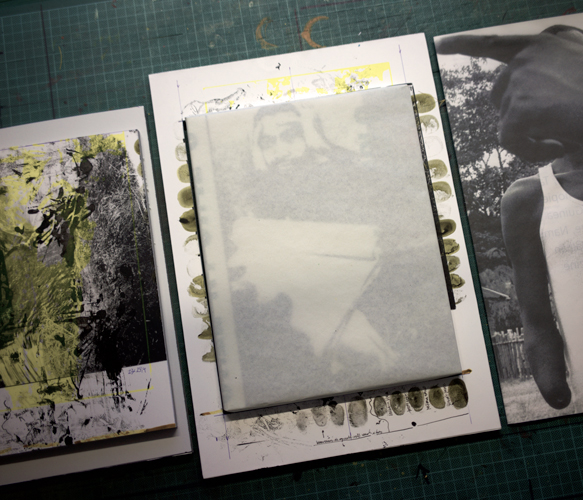
portfolio GEO – november 21st
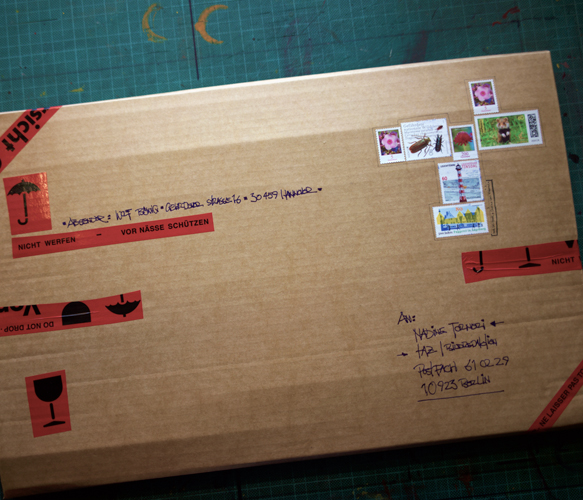
SIGNUM MORTIS | 4″ – november 20th
more …
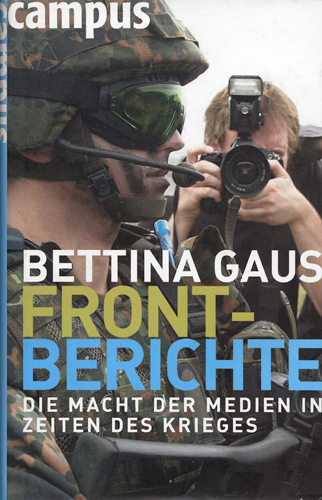
„
Mit Mut und Meinung
…
Weder anderen noch sich selbst gegenüber war sie nachsichtig, wenn es um das journalistische Handwerk ging. Und sie erkannte, dass dieses Handwerk auch an Grenzen stößt, etwa in Ruanda 1994, als täglich Tausende massakriert wurden. Wie schreibt man darüber, erst als weiße Journalistin ausreisen zu dürfen, also dem Horror zu entkommen, und zwei Wochen später bei der Rückkehr ins gleiche Hotel zu erfahren, dass alle tot sind? Wer das miterlebt, ist gezeichnet fürs Leben. Zwei Jahre später verließ sie Afrika.
…
Sie lebte in Nairobi mit ihrer Tochter Nora zusammen, und wer damals ihr Haus betrat, stieß als Erstes auf eine gigantische Bücherwand, gefüllt mit dem kompletten Kanon des deutschen Bildungsbürgertums – eine intellektuelle Sektorengrenze, die ihr die nötige Distanz zu ihrer Arbeit ermöglichte, vor der aber Besucher plötzlich ganz klein aussehen konnten.
…
“
taz, 1.11.2021
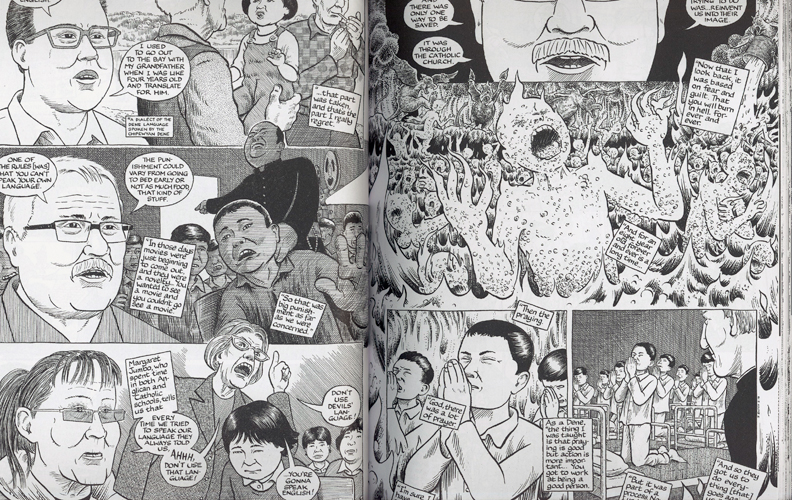
„
Its 2015 final report concluded that the Canadian government and the churches
had been guilty of cultural genocide
„
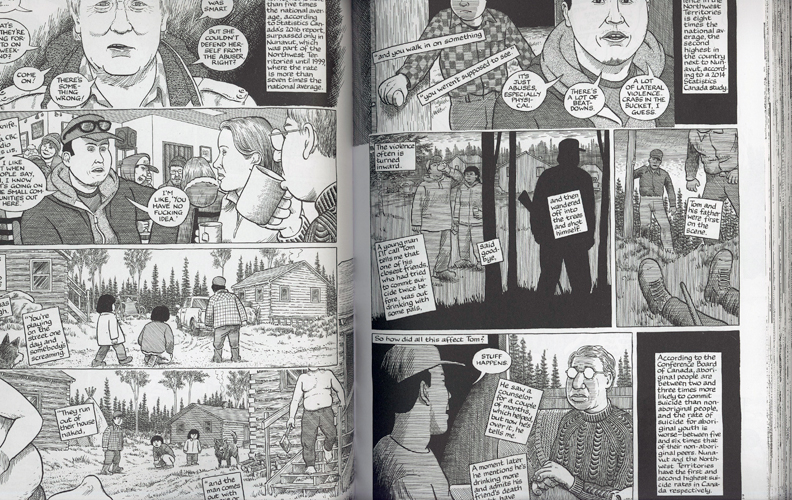
„
According to the Conference Board of Canada, aboriginal people are between two or three times more likely to commit suicide than non-aboriginal people, and the rate of suicide for aboriginal youth is worse – between five and six times that of their non-aboriginal peers. Nunavut and the Northwest Terriotories have the first and second highest suicide in Canada respectively
“
Paying the land
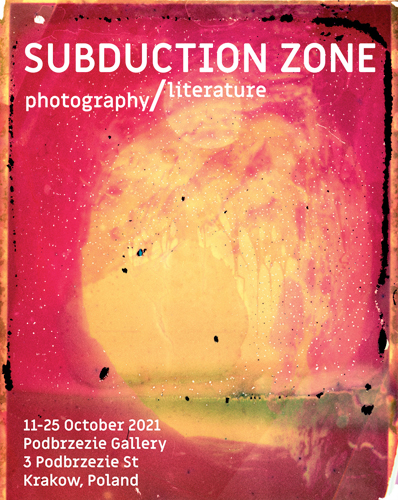
35 selected works from the international photo competition wortimbild (2012 – 2021)
will be shown at Podbrzezie Gallery | Krakow
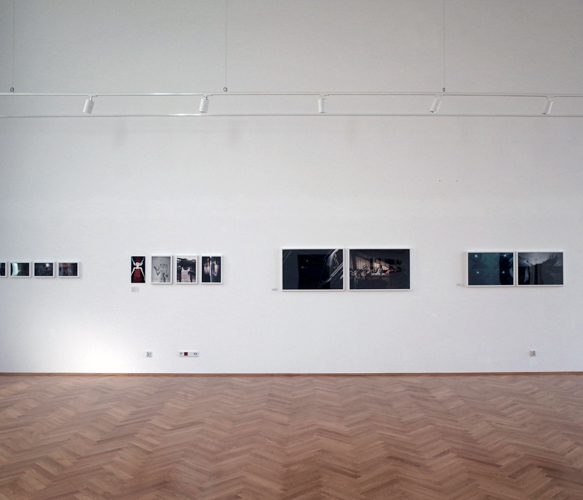
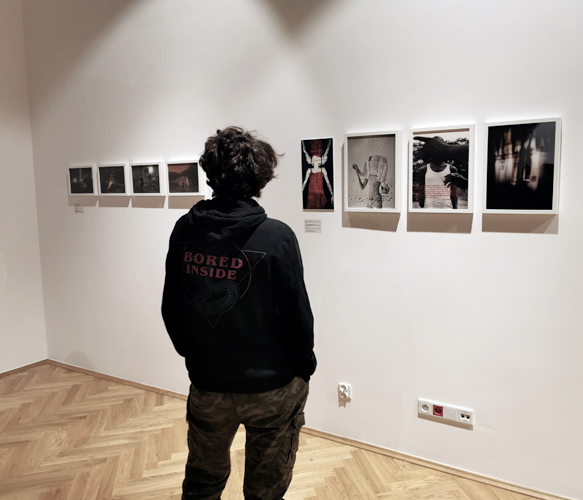
october 12th – october 25th
opening: october 11, 6 p.m.
Artists
Marjan Akhavan
Riccardo Banfi
Carlos Barradas
Marit Beer
Alexander Binder
Wolf Böwig
Snezhana von Büdingen
Christian Burtscher
Emanuele Camerini
Silvia Czepl
Tine Edel
Cristina Fontsaré
Nicolas Gaspardel & Pauline Baert
Majid Hojati
Liliya Hryn
Aks Huckleberry
Shahrouz Jalalat
Stefan Krische
Kaushik Majumder
Refat Mamutov
Abdolrahman Mojarrad
Silvia Montevecchi
Sandile Ndlovu
Marlies Plank
Arnold Pöschl
Sergey Poteryaev
Jared Ragland
Natascha Sinelnkova
Anna Taube
Fabian Tegeler
Charlotte Thömmes
Larissa Tomassetti
Gordon Welters
Nicole Woischwill
Birgit Zeller
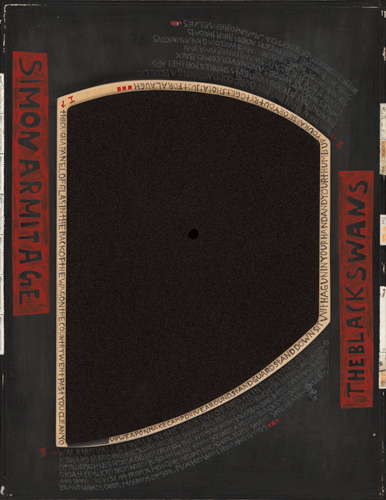
„deren Beruf das Töten ist“ – october 31st
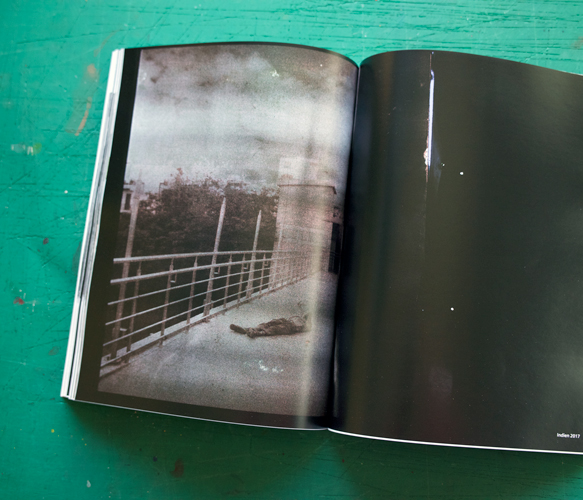
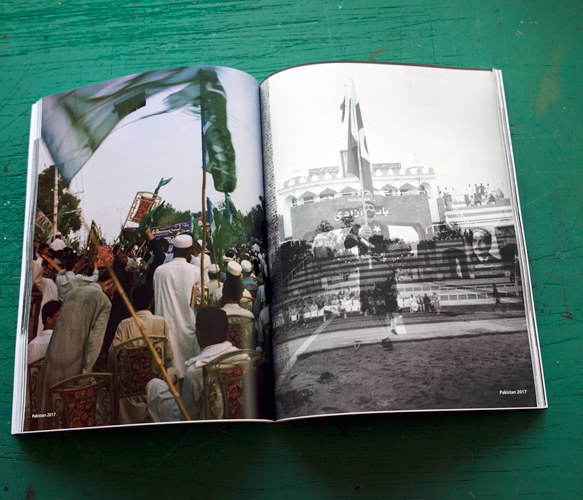
first dummy 4″ – october 28t
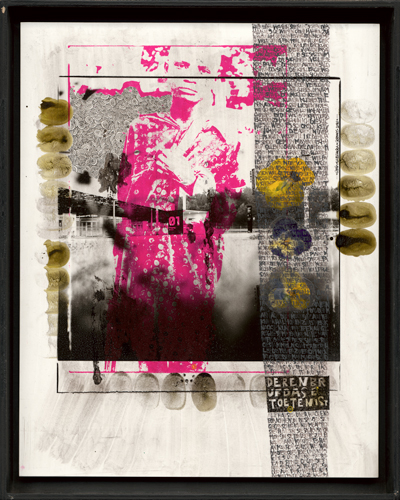
october 27th
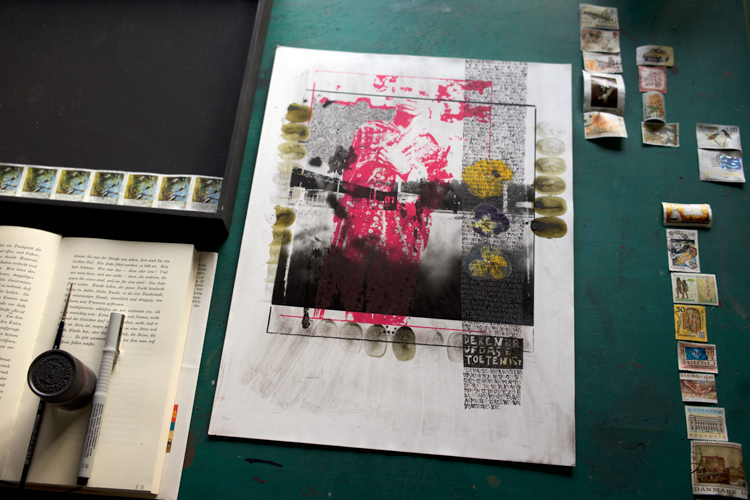
october 26th
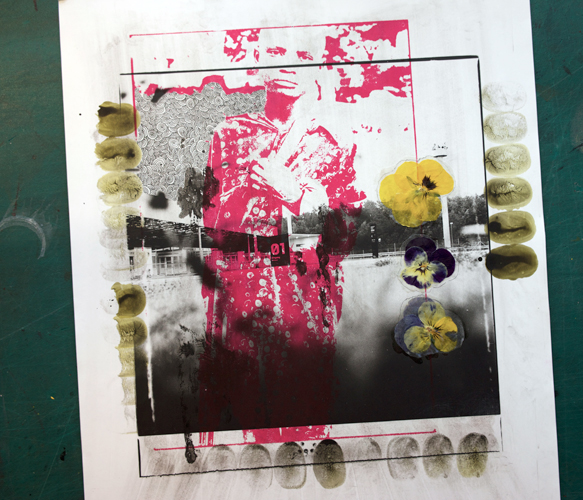
first test – october 25th
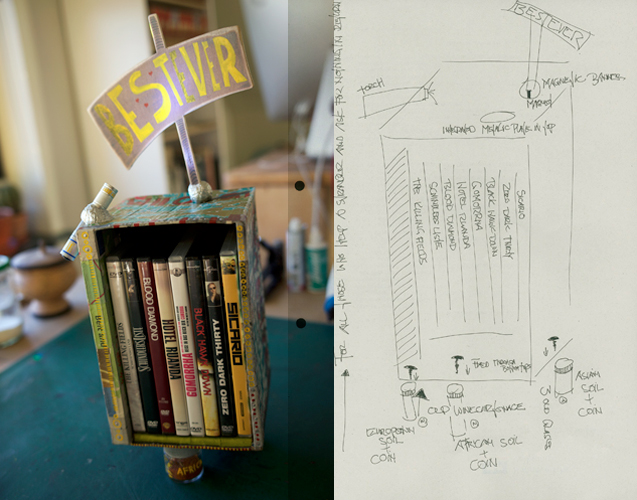
october 24th
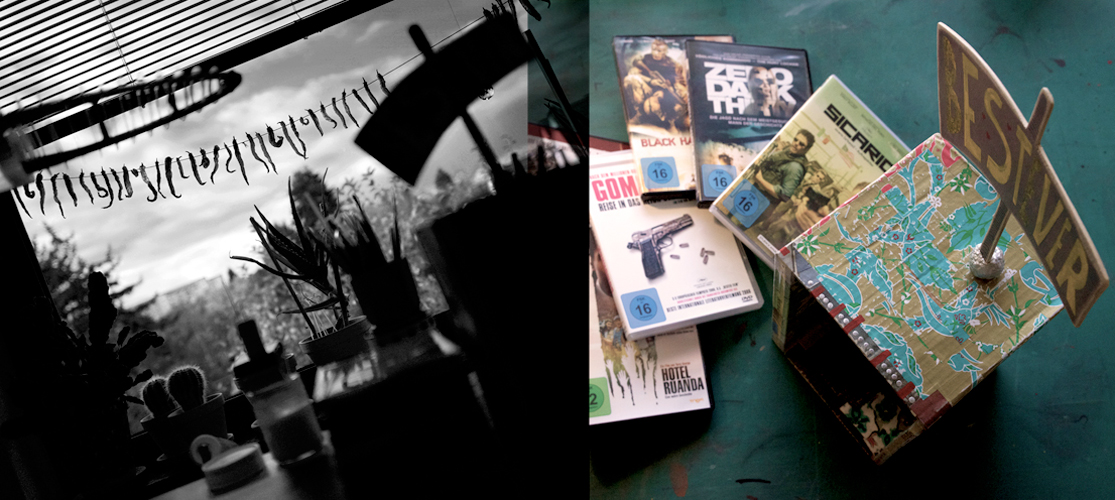
october 23rd
more …
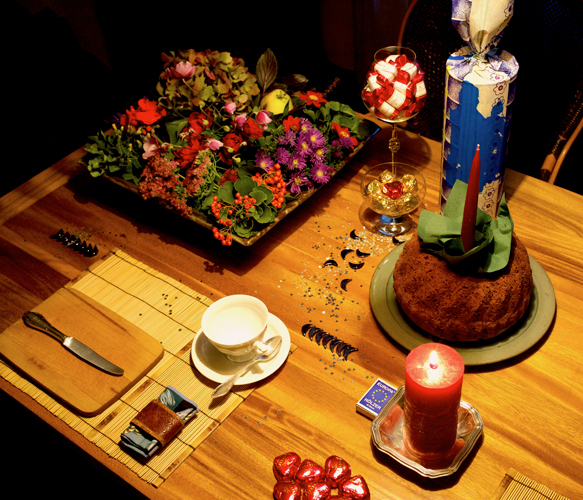
september 30th
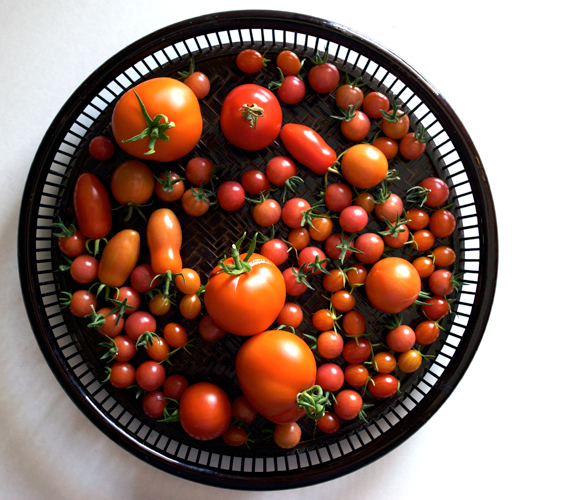
last tomatoes from the garden – september 27th

fighting cancer – september 26th | day 123
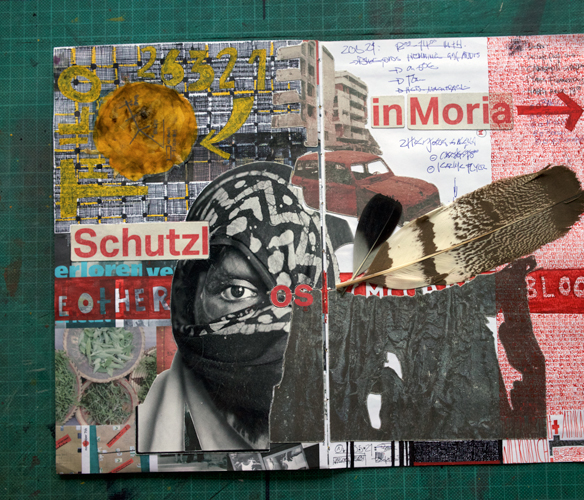
diary – september 25th
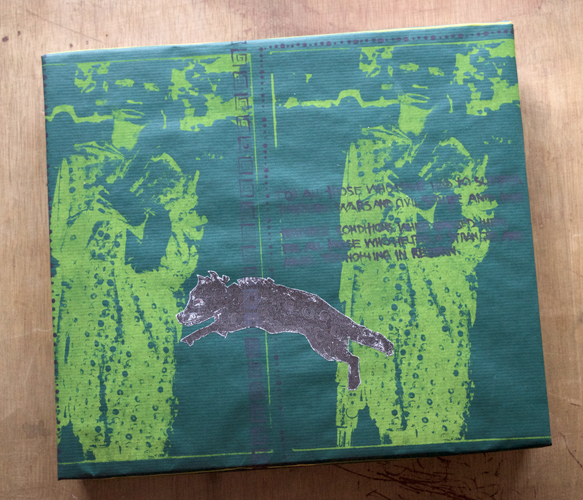
The Last Word from Paradise.
“
Researched, photographed, and compiled over 20 years, Peter Beard’s „End of the Game“ tells the tale of the enterprisers, explorers, missionaries, and big-game hunters whose quests for adventure and „progress“ were to change the face of Africa in the 20th century. This landmark volume is assembled from hundreds of historical photographs and writings, starting with the building of the Mombasa Railroad („The Lunatic Line“) and the opening-up of darkest Africa. The stories behind the heroic figures in Beard’s work – Theodore Roosevelt, Frederick Courtney Selous, Karen Blixen (Isak Dinesen), Denys Finch-Hatton (the romantic hero of ‚Out of Africa‘), Philip Percival, J. A. Hunter, Ernest Hemingway, and J. H. Patterson (who became famous as the relentless hunter of the „Man-Eating Lions of Tsavo“) – are all contextualized by Beard’s own photographs of the enormous region. Shot in the 1960s and ’70s in the Tsavo lowlands during the elephant-habitat crisis and then in Uganda parks, Beard’s studies of elephant and hippo population dynamics document the inevitable overpopulation and starvation of tens of thousands of elephants and rhinos
„
